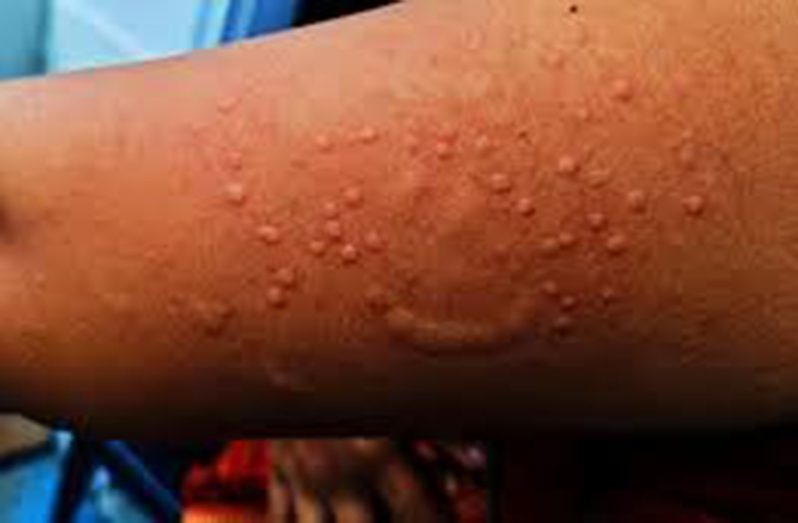THE Caribbean has yet to report any cases of the feared MPOX disease that has been moving through the continent of Africa and now some parts of Europe.
The nation’s Ministry of Health has issued a new summary of the National Guideline for the Prevention and Management of Mpox (formerly known as monkeypox), in an effort to educate the public and help answer a few frequently asked questions. What is smallpox? How does someone get it? How does someone know if they have contracted it? And what to do if you believe you have gotten MPOX?
Mpox is caused by the monkeypox virus, an orthopoxvirus closely related to the viruses responsible for smallpox and the smallpox vaccine. It leads to a rash similar to smallpox, but there are two strains of the virus, with the Clade I(b) strain being the most virulent and transmissible in the current outbreak.
Mpox can be transmitted through direct or indirect contact with an infected person, animal, or contaminated surfaces. Although it traditionally causes a systemic illness with symptoms like fever, chills, and muscle aches, during the recent outbreaks, some cases presented with genital, anal, or oral lesions without systemic symptoms. The virus has been spreading beyond endemic regions in Africa, with new cases reported in Sweden, Pakistan, the Philippines, and Argentina.
The infection typically manifests with a rash that progresses through several stages, from small macules to papules, vesicles, and then pseudo-pustules, before crusting over and falling off. The rash can be painful initially and may become itchy as it heals. Systemic symptoms, if present, usually appear just before or shortly after the rash.
Mpox can be diagnosed in Guyana through RT-PCR analysis at the National Public Health Reference Laboratory in Georgetown. It’s crucial that samples be sent within 24 hours of collection, or refrigerated within one hour for up to six days.
If Mpox is suspected, it’s vital to seek medical advice immediately. Suspected and confirmed cases must be isolated to prevent further transmission. Isolation should continue until all lesions have scabbed over, typically lasting 2 to 4 weeks.
Treatment is mostly supportive, focusing on symptom relief. Pain management may be necessary, and secondary bacterial infections should be treated with appropriate antibiotics. Antiviral therapy is reserved for severe cases and requires specialist consultation.
As Mpox continues to spread globally, understanding the signs, transmission methods, and necessary precautions is key to controlling its impact.



.jpg)








